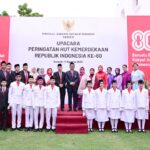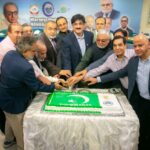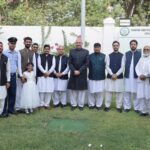This focus stems not just from survival needs but
also to frame tourism as a legacy of development
that sets him apart from past leadership
Cha, Du Hyeon
(Principal Fellow at the Asan Institute for Policy Studies)
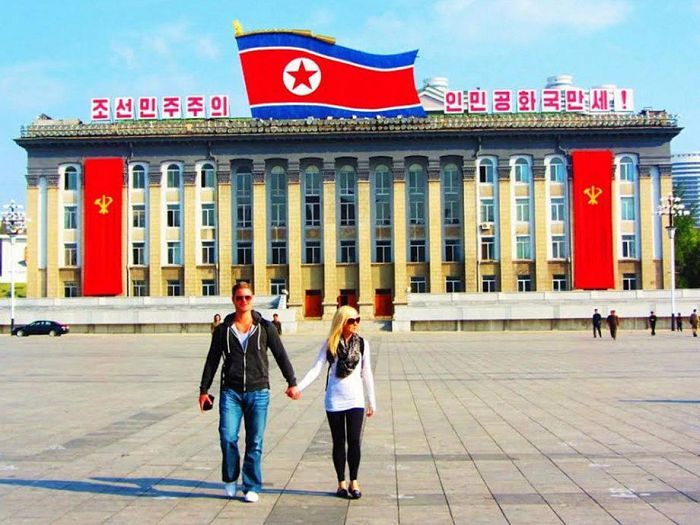
Following an inspection of the Mount Geumgang tourist area in October 2019, North Korean leader Kim Jong-un began pursuing tourism development on North Korea’s own terms. Since then, the regime has made efforts to revitalize the tourism sector, particularly through projects in the Wonsan-Galma coastal area and Samjiyeon near Mount Baekdu—both personally inspected by Kim in July 2024. This focus underscores Kim’s interest in tourism not merely as a tool for economic survival, but as a developmental milestone that sets him apart from his predecessors.
North Korea’s reputation as a “hermit kingdom,” paired with its untouched natural beauty, offers considerable tourism potential. However, despite this promise, the industry has struggled to take off. A closer look at past inter-Korean tourism projects reveals that the key challenges are not only political and military in nature but also structural. Inadequate infrastructure, restricted interaction with locals, and a lack of transparency have all hindered sustainable tourism growth.
Scenic landscapes alone cannot drive tourism. Modern travelers expect quality facilities, cultural experiences, and meaningful engagement with local communities. Even luxury tourists often explore local areas or seek immersive experiences. In the digital age, travelers research destinations thoroughly, expecting accessible information and an open environment. North Korea’s rigid control and its preference for isolating tourists—reflected in developments like Wonsan-Galma and Samjiyeon—fail to meet these evolving expectations.
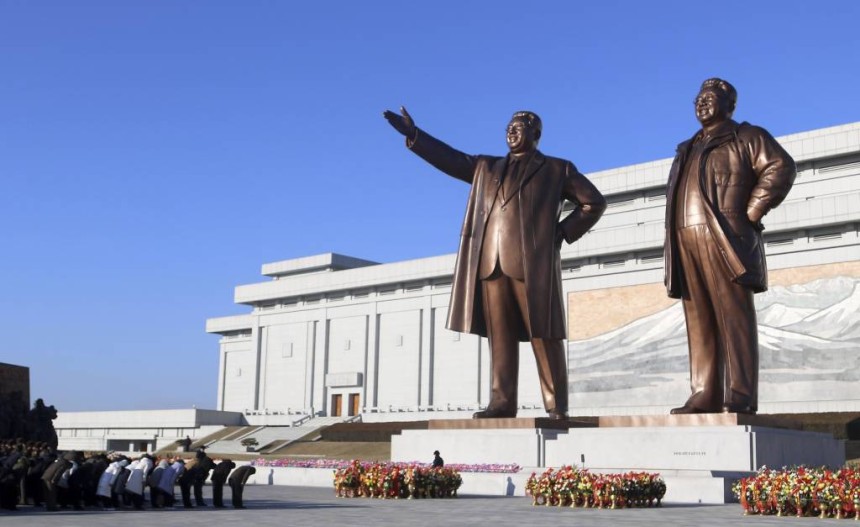
Moreover, successful tourism depends on the inclusion and support of local populations. Residents must believe that tourism will enhance their quality of life. Initially, the inter-Korean tourism initiative at Mount Geumgang was expected to benefit North Koreans. However, suspicions later emerged that the revenue was diverted toward the regime’s weapons of mass destruction (WMD) programs or used for Kim’s personal governance funds. Allegations of forced relocation of residents, as seen in the Gaesong Industrial Complex, further fuel local resentment and resistance to tourism.
Another major obstacle is the web of over ten United Nations sanctions on North Korea. These sanctions prohibit profit-driven transactions and the provision of bulk cash, making large-scale tourism investment unfeasible and discouraging credible companies from participating. Without lifting these sanctions, sustainable tourism development remains out of reach.
If Kim Jong-un is serious about using tourism as an economic driver, the regime must commit to denuclearization and meaningful reform. Tourism revenue should be invested in infrastructure like roads, transport, and community development—not diverted to WMDs. Ultimately, any attempt to build a tourism industry without transparency and openness risks becoming a “dirty deal” that serves only the regime’s interests rather than the North Korean people.














